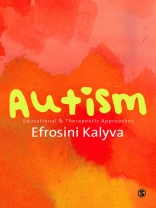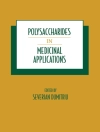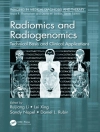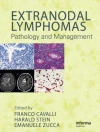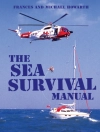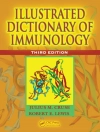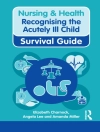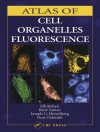There are a number of different approaches and therapies available for children, young people and adults on the autistic spectrum, and the amount of information available on each one can be daunting for professionals and parents alike. This book offers concise and clear explanations of a variety of proposed interventions and their effectiveness, and helps the reader to decide on the most appropriate treatment for each individual.
Efrosini Kalyva writes accessibly about recent scientific evidence and the latest research, and allows you to consider the pros and cons of each approach. She focuses on the following areas:
– cognitive-behavioural approaches
– developing social interaction
– alternative communication strategies
– developing play
– sensory-motor approaches
– psychotherapeutic approaches
– biochemical approaches
This much-needed guide for practitioners and student teachers will also appeal to interested parents, and to anyone looking for a comparative examination of the variety of treatments on offer.
Inhoudsopgave
Introduction
PART ONE: COGNITIVE-BEHAVIOURAL APPROACHES
A: Applied Behaviour Analysis
B: TEACCH Programme
C: Cognitive-Behavioural Therapy
D: Denver Health Sciences Programme
E: DIR/Floortime Method
F: LEAP – Learning Experiences: An Alternative Programme for Preschoolers and Parents
G: Miller Method
PART TWO: APPROACHES FOR DEVELOPING SOCIAL INTERACTION
A: Social Stories
B: Circle of Friends
PART THREE: APPROACHES FOR DEVELOPING ALTERNATIVE COMMUNICATION
A PECS
B Sign Language
PART FOUR: APPROACHES BASED ON PLAY
A: Non-Directive Play
B: Pivotal Response Training
C: Integrated Play Groups
PART FIVE: SENSORIMOTOR APPROACHES
A: Music Therapy
B: Sensory Integration
C: Auditory Integration
D: Visual Therapies
E: Facilitated Communication
F: Higashi School or Daily Life Therapy
PART SIX: BIOCHEMICAL APPROACHES
Pharmacotherapy
Secretin
Other Biochemical Therapies
Other Approaches
A: Psychoanalytic Psychotherapy
B: Holding Therapy
C: Son-Rise Programme or Options
Epilogue
References
